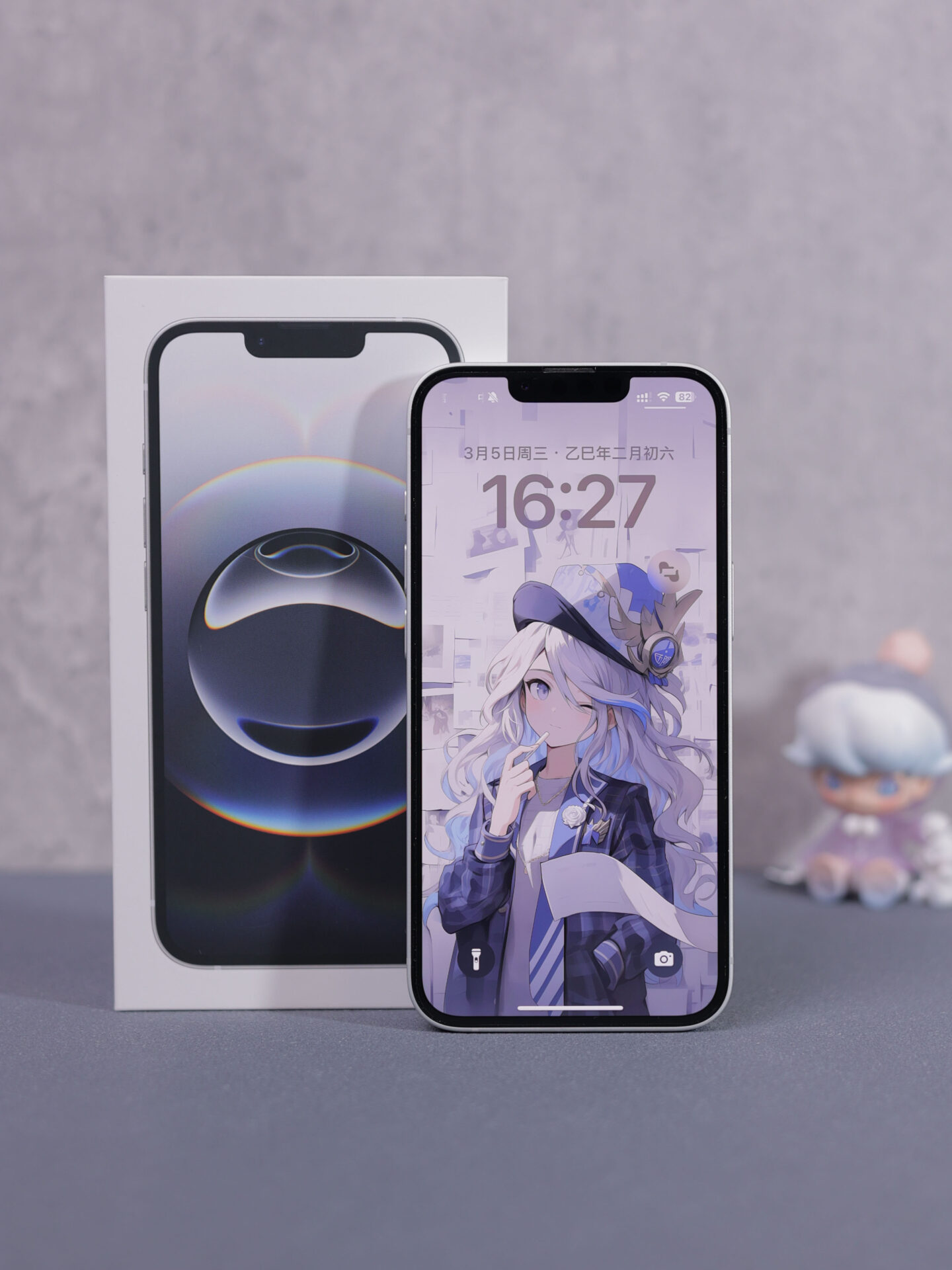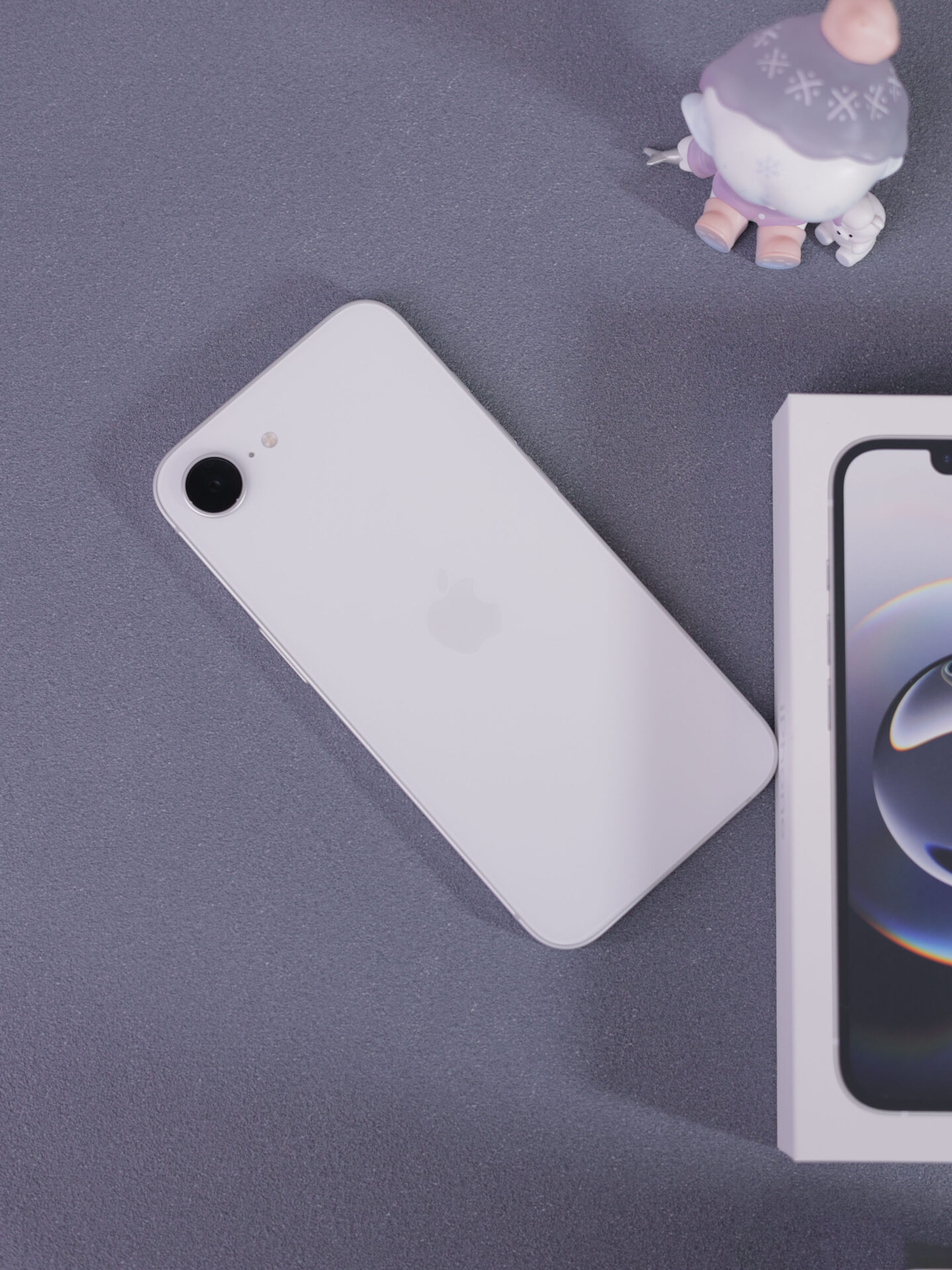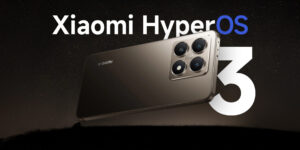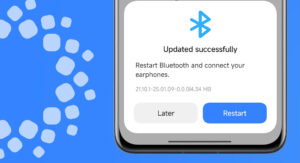As reported by Digital Chat Station, the new iPhone 17e will finally arrive with Apple’s Dynamic Island design — but surprisingly enough, it will continue to be capped at a 60Hz OLED display, the same antiquated refresh rate as on previous models such as the iPhone 15 and 16. This news prompted debate among tech enthusiasts, particularly since even budget-friendly Xiaomi smartphones that cost less than $100 now feature smoother 90Hz displays.
The Last of the Old Displays
Apple has been introducing the Dynamic Island feature incrementally across its lineup, but the 17e will be the first “budget” iPhone to see it. However, Apple seems less interested in increasing the refresh rate on its budget phones. The decision supposedly is aimed at conserving battery life as well as maintaining hardware differentiation between base and Pro models.
However, this also means that Apple’s most affordable iPhone will continue to rely on technology that has long been outdated in the Android ecosystem. Even budget-friendly Xiaomi models such as Redmi A3 or Redmi 13C, priced at around $70, deliver 90Hz or even 120Hz LCD and OLED panels, offering visibly smoother scrolling and animations compared to a 60Hz iPhone.
Xiaomi’s Affordable Advantage
Xiaomi has emphasized performance-value balance over the last few years, equipping its cheap phones with high refresh rate displays, quick chipsets, and humongous batteries — which are something that mainstream high-end phones should supposedly come with. How Apple chooses to price its products and how Xiaomi does it is cost-effective once again shows why consumers, especially those from emerging markets, are turning to companies like Xiaomi for better specs at lower prices.
Whereas Apple focuses on uniformity of design and brand prestige, Xiaomi continues to bring advanced technology down the mass path. Again here, the $70 Xiaomi model not only outpaces the iPhone 17e in screen refresh rate but provides a more fluid experience for everyday usage.

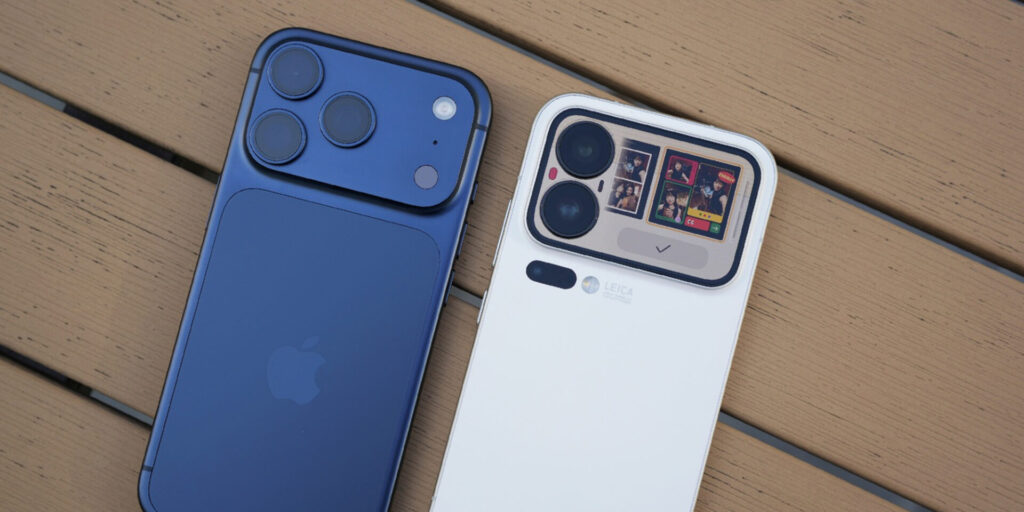
 Emir Bardakçı
Emir Bardakçı